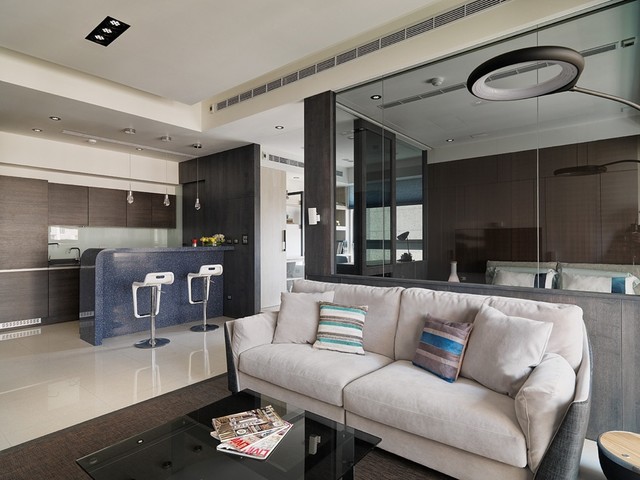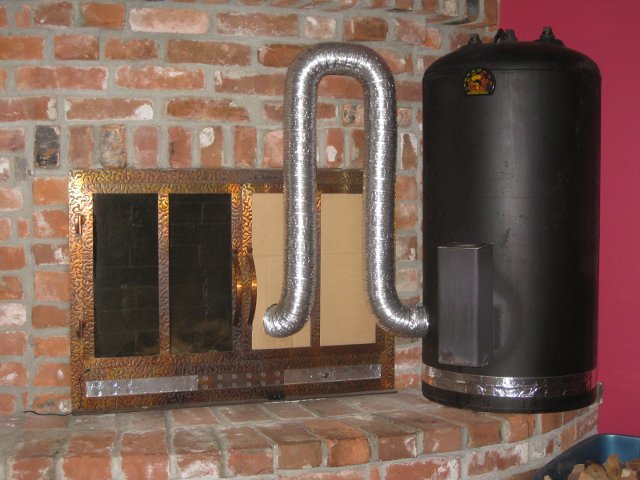Singapore, known for its dazzling skyline and thriving economy, is also recognized for its commitment to providing affordable housing for its residents. The city-state’s approach to housing is multifaceted, involving various schemes and options to cater to different income levels. For those seeking affordable housing, navigating the landscape can be complex. Here, we explore the top affordable housing options in Singapore, providing a comprehensive guide for potential homeowners or renters.
1. Housing and Development Board (HDB) Flats
Overview: The Housing and Development Board (HDB) is the cornerstone of Singapore’s public housing sector. Established in 1960, HDB has played a crucial role in transforming the city’s landscape from a sprawling slum to a city of modern high-rises.
Types:
- Built-To-Order (BTO) Flats: BTO flats are new public housing units constructed based on demand. They are typically priced lower than resale flats but come with a waiting period of 2-4 years.
- Resale Flats: These are existing HDB flats bought from previous owners. While resale flats can be more expensive than BTO flats, they offer immediate occupancy.
Cost: As of 2024, BTO flats can cost between S$150,000 to S$500,000 depending on size, location, and other factors. Resale flats vary widely but generally start around S$300,000.
Eligibility: Singaporean citizens, especially first-time homebuyers, benefit from various subsidies. To qualify for these, applicants must meet specific criteria including citizenship, age, and income ceilings.
2. Executive Condominiums (ECs)
Overview: Executive Condominiums are a hybrid between private and public housing. They offer a higher standard of living compared to HDB flats and are targeted at middle-income families.
Types:
- New ECs: Like BTO flats, new ECs are sold by developers and come with certain restrictions and subsidies.
- Resale ECs: After a minimum occupation period of 5 years, ECs can be sold on the open market.
Cost: New ECs typically range from S$700,000 to S$1.2 million. Resale ECs are generally priced lower but still offer a significant cost compared to HDB flats.
Eligibility: Applicants need to meet certain criteria, including income ceilings, citizenship status, and a minimum occupation period before resale.
3. Rental Flats
Overview: For those who prefer not to buy property or who are unable to afford it, HDB also offers rental flats. These are ideal for low-income families or individuals.
Types:
- Public Rental Flats: Available in various sizes and are managed by HDB. These flats are meant for those with lower incomes.
- Short-Term Rental Flats: Offered on a temporary basis for those who need housing for a shorter duration.
Cost: Monthly rental for public rental flats typically ranges from S$300 to S$1,000 depending on the flat size and location.
Eligibility: Generally, applicants must meet specific income limits and other criteria set by HDB.
4. HDB Lease Buyback Scheme
Overview: This scheme allows elderly homeowners to sell part of their remaining lease back to HDB, in exchange for a cash lump sum and an annuity that provides a regular income for the rest of their lives.
Benefits: It helps senior citizens to monetize their property while continuing to live in their homes. The scheme also allows them to maintain a right to reside in their flats until the end of the lease.
Cost: The cost of leasing back varies depending on the flat’s value and the remaining lease.
Eligibility: Applicants must be Singaporean citizens aged 65 and above, and the flat must be their primary residence. To learn more, You will find many more helpful property market tips and strategies at Emerald Of Katong Elevation Chart.

5. Public Rental Scheme for Low-Income Families
Overview: Targeted at low-income families, this scheme provides rental flats at subsidized rates. The program aims to provide affordable housing solutions for those struggling with economic hardship.
Benefits: The low rental costs enable families to redirect their finances toward other essential needs.
Cost: Rental costs are subsidized significantly compared to market rates, often as low as S$300 per month for smaller units.
Eligibility: Income criteria apply, and applicants must prove their need for affordable housing due to financial constraints.
6. Community and Non-Profit Housing Initiatives
Overview: Various non-profit organizations and community groups in Singapore work to provide affordable housing solutions. These initiatives often focus on specific needs or demographics, such as students or low-income families.
Examples:
- Sustainable Living Initiatives: Programs aimed at integrating affordable housing with sustainable living practices.
- Student Housing: Affordable housing options specifically for students, often managed by educational institutions or related organizations.
Cost: Costs vary widely depending on the initiative and the target demographic.
Eligibility: Eligibility criteria are often specific to the initiative and may include factors such as age, income, and community involvement.
Conclusion
Singapore’s approach to affordable housing is robust and diverse, addressing various needs and income levels. From HDB flats and Executive Condominiums to rental schemes and community initiatives, the options available provide something for almost everyone. Whether you’re a first-time homebuyer, a low-income family, or a senior citizen looking for financial security, there are affordable housing solutions designed to meet your needs.
Navigating the housing market can be challenging, but understanding these options can help you make informed decisions. For those seeking further guidance, consulting with housing professionals or visiting the HDB website can offer additional insights and assistance.





